Pair of 700-year-old statues represent real people — ancestors who have crossed into the spirit world
A brief look at the 700 year-old stone statues from Sellars Farm State Archaeological Area in middle Tennessee, about a half-hour drive outside downtown Nashville. This is one of my favorite local places to hike and find solitude because I’m always alone in the park — yet I always feel the eerie presence of someone around me when I’m there.
The Sellars Farm property was a large mound site and village in the Mississippian era (A.D. 800 to 1600). It was occupied for about 400 years and contained a mound in a central plaza, surrounded by huts, contained within a protective wooden palisade. There was room for growing corn, and a stream nearby (now called Spring Creek).
This article took me more than 14 hours to research and write. If you enjoyed it and would like to see more, please consider becoming a subscriber on Patreon. Your support will help me keep making more content like this.
Become a Patron!Native American carved sandstone statues
One or more talented artists were at home in the Sellars Farm Native American village. At least three significant stone statues were discovered there.
These are sandstone (siltstone) statues carved between 1250-1350 AD by a Native American artist. The male is nicknamed “Sandy,” and he is the official Tennessee state artifact. The statues were uncovered by a tenant farmer in 1939, and were separated for nearly 80 years, only reunited at the McClung Museum in Knoxville in 2017.
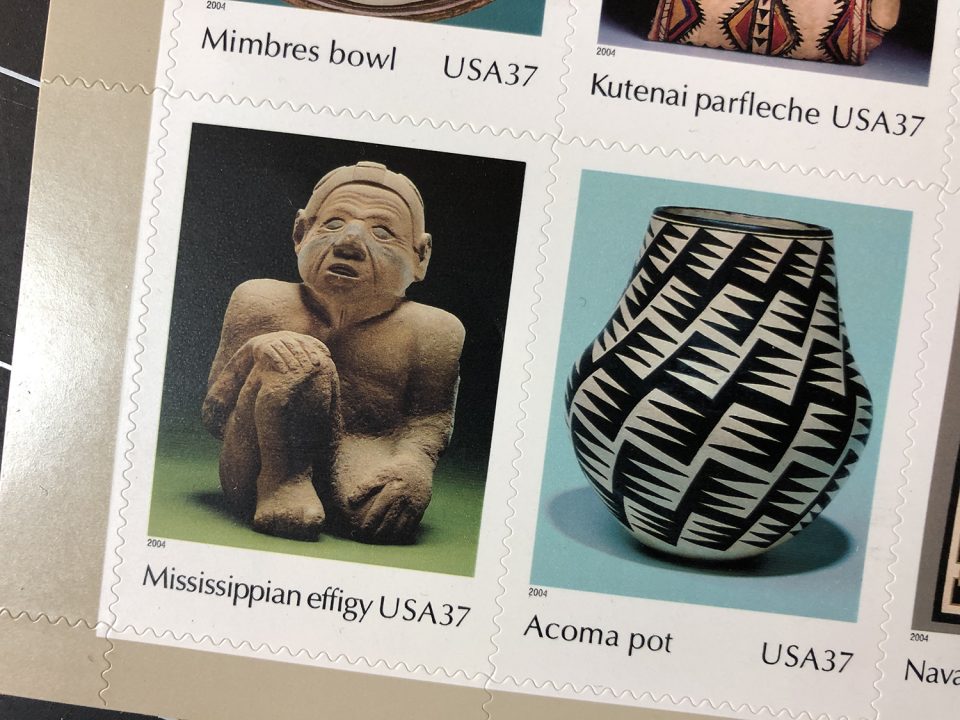
They were a matched pair, which means they were important figures in the village, possibly founders. Their faces were probably carved to resemble real people, and the wrinkles indicate advanced age.
The faces are slightly upturned so a seated person could look into the faces of their ancestors, perhaps having communication or prayer? They have carved lines indicating wrinkles, symbols of age. The faces show the most care and attention to detail, whereas the torsos are much less defined.
Most male figures were portrayed cross-legged, so his pose with one knee up is not typical. The significance isn’t understood. He has remnants of face paint, and an unusual hair style, with a ponytail running down onto his back.
She is sitting on her knees, a common characteristic of female statues of the culture. She has a typical hair knot. Her hair is painted black. For unknown reasons, females were often carved from darker stone than males.
Both statues feature drilled holes for holding perishable items like flowers or wooden objects. They may have been dressed in garments.
Most of the details supplied in this blog post and video were culled from the book Speaking with the Ancestors: Mississippian Stone Statuary of the Tennessee-Cumberland Region. Full details are available in the sources at bottom.
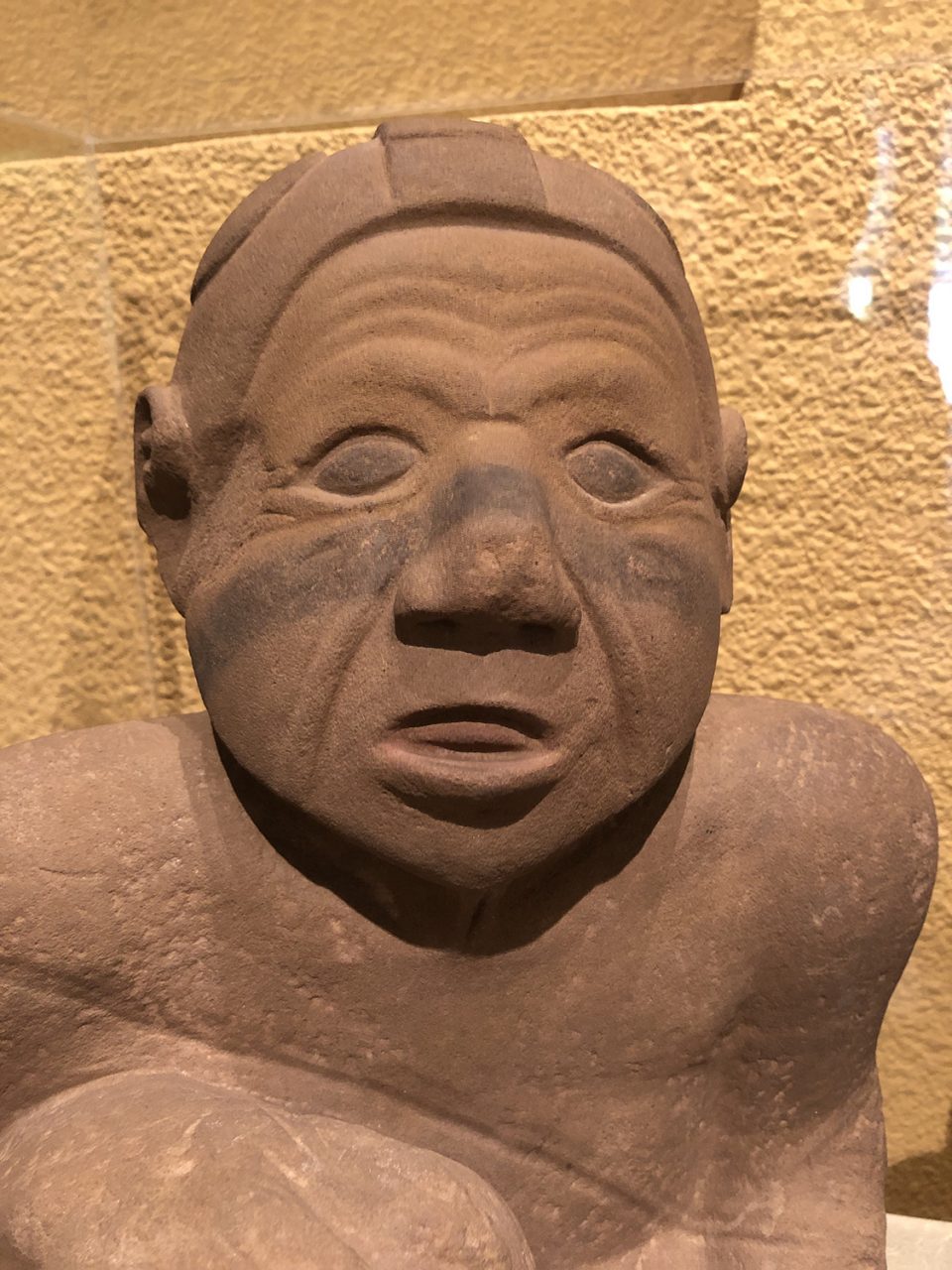
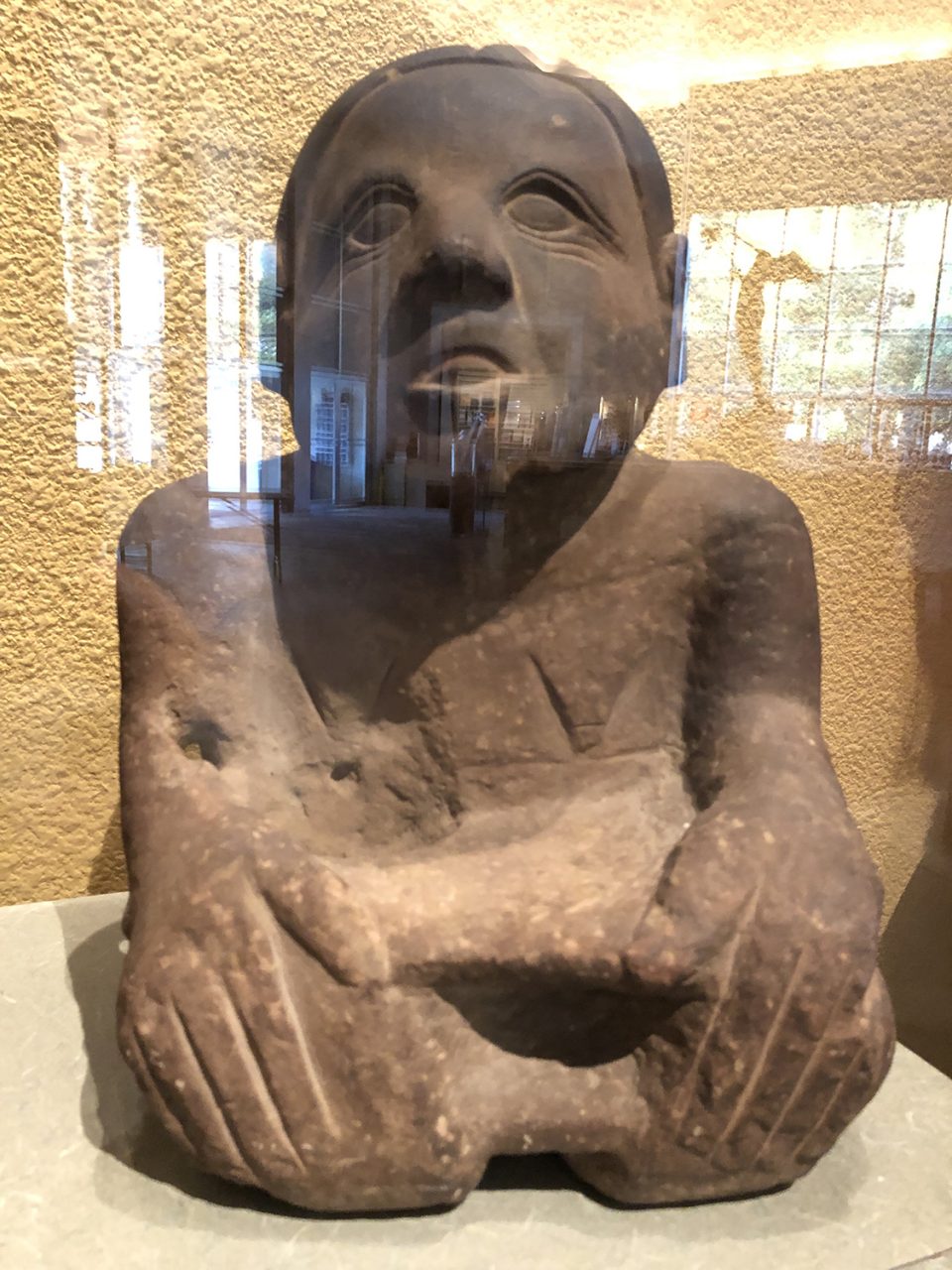
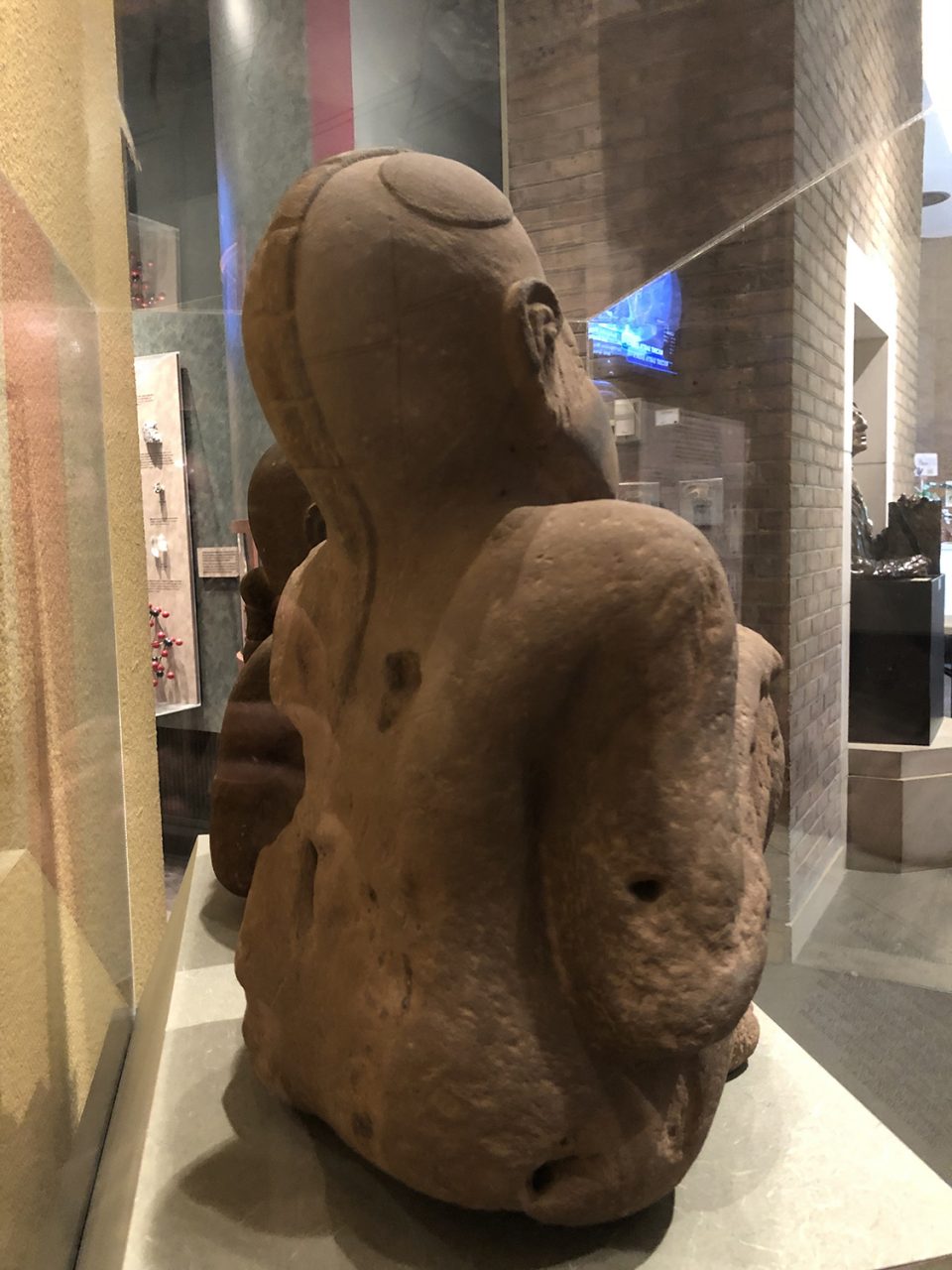
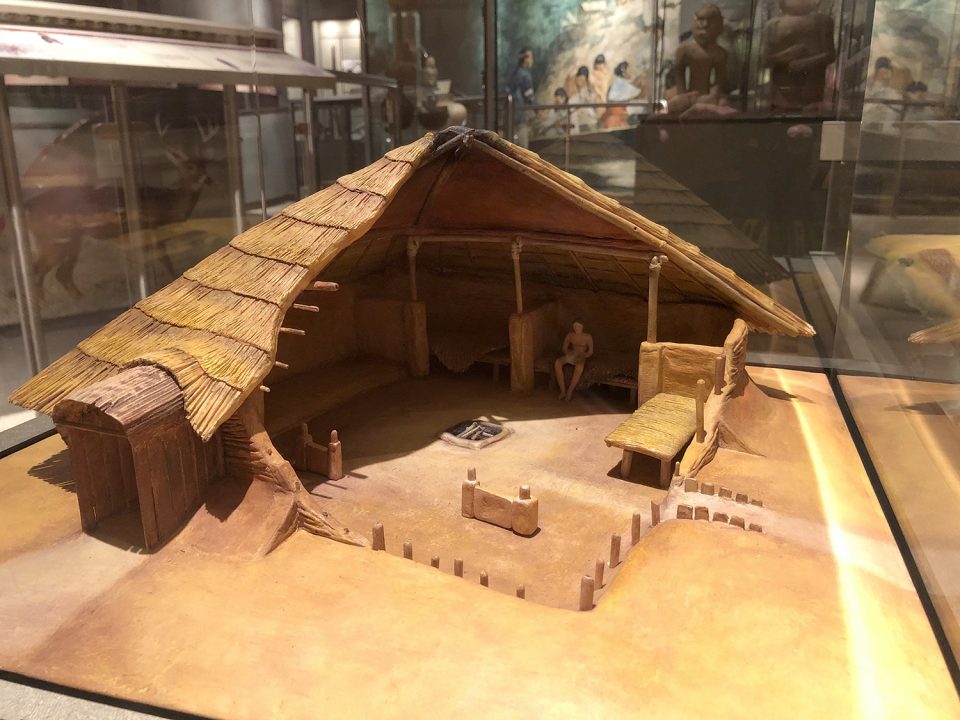
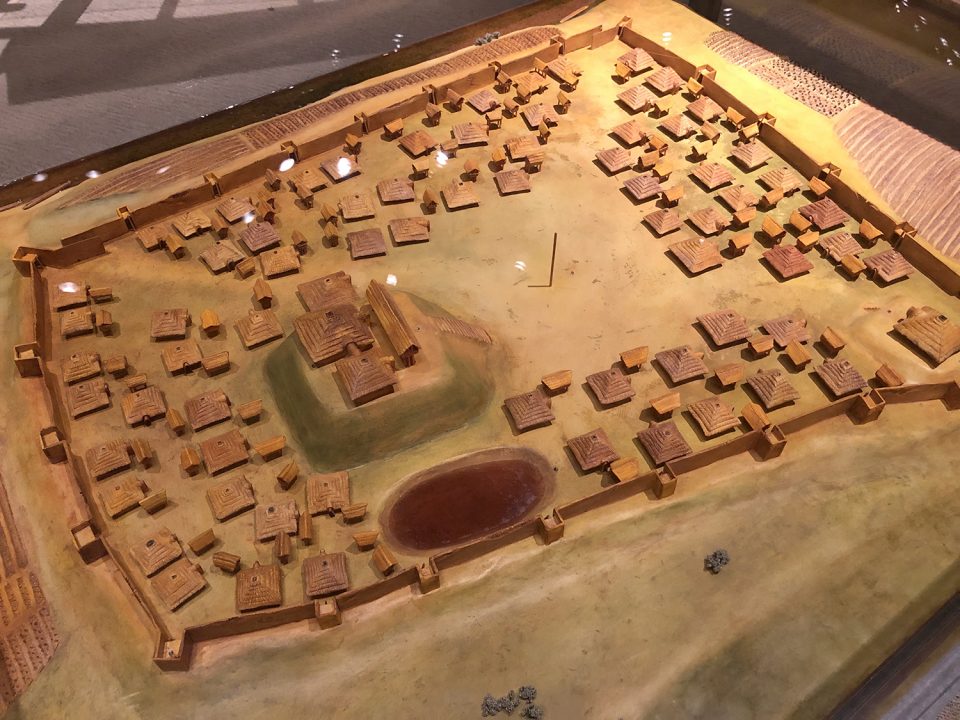
Also found at Sellars Farm site: a statue of the Earth Mother
Less lauded but just as interesting, a third statue was discovered at Middle Tennessee’s Sellars Farm site. This statue may represent the “Old Woman,” or Earth Mother. She is the giver of life. To me, the statue seems to be looking to the heavens in song, but that’s not a trained interpretation. Notice that her facial features are less defined — she probably was not drawn from the features of a real person from the village.
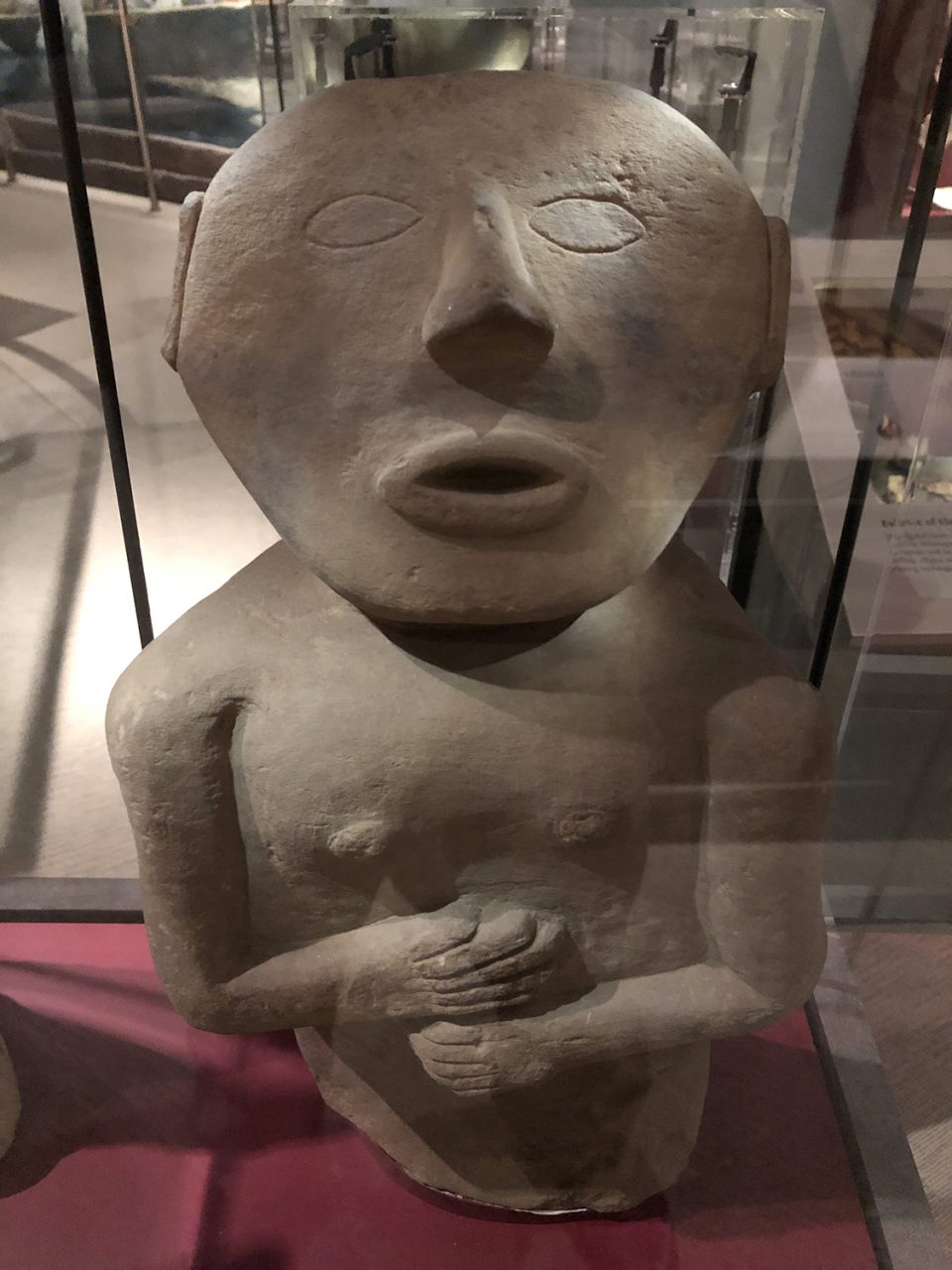
Burial mound at Sellars Farm
A burial mound excavated at Sellars Farm contained 60 stone box burials and one individual not inside a box. Buried along with the deceased inside the rustic stone boxes were grave goods like human effigy pipes, projectile points, shell spoons, beads, pottery, and more. (Source)
Sources
Speaking with the Ancestors: Mississippian Stone Statuary of the Tennessee-Cumberland Region, Kevin E. Smith, James V. Miller, University of Alabama Press, Tuscaloosa, 2009. Buy it on Amazon .*
McClung Museum of Natural History and Culture at University of Tennessee, Knoxville
Thanks for reading!
Be sure to visit me on Facebook, Instagram or Pinterest, or on my website at keithdotson.com.
~ Keith
Become a Patron!*Disclaimer: As an Amazon Associate I earn from qualifying purchases.

UT has allowed the archaeology exhibits to be destroyed.